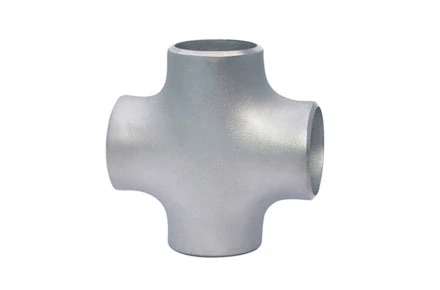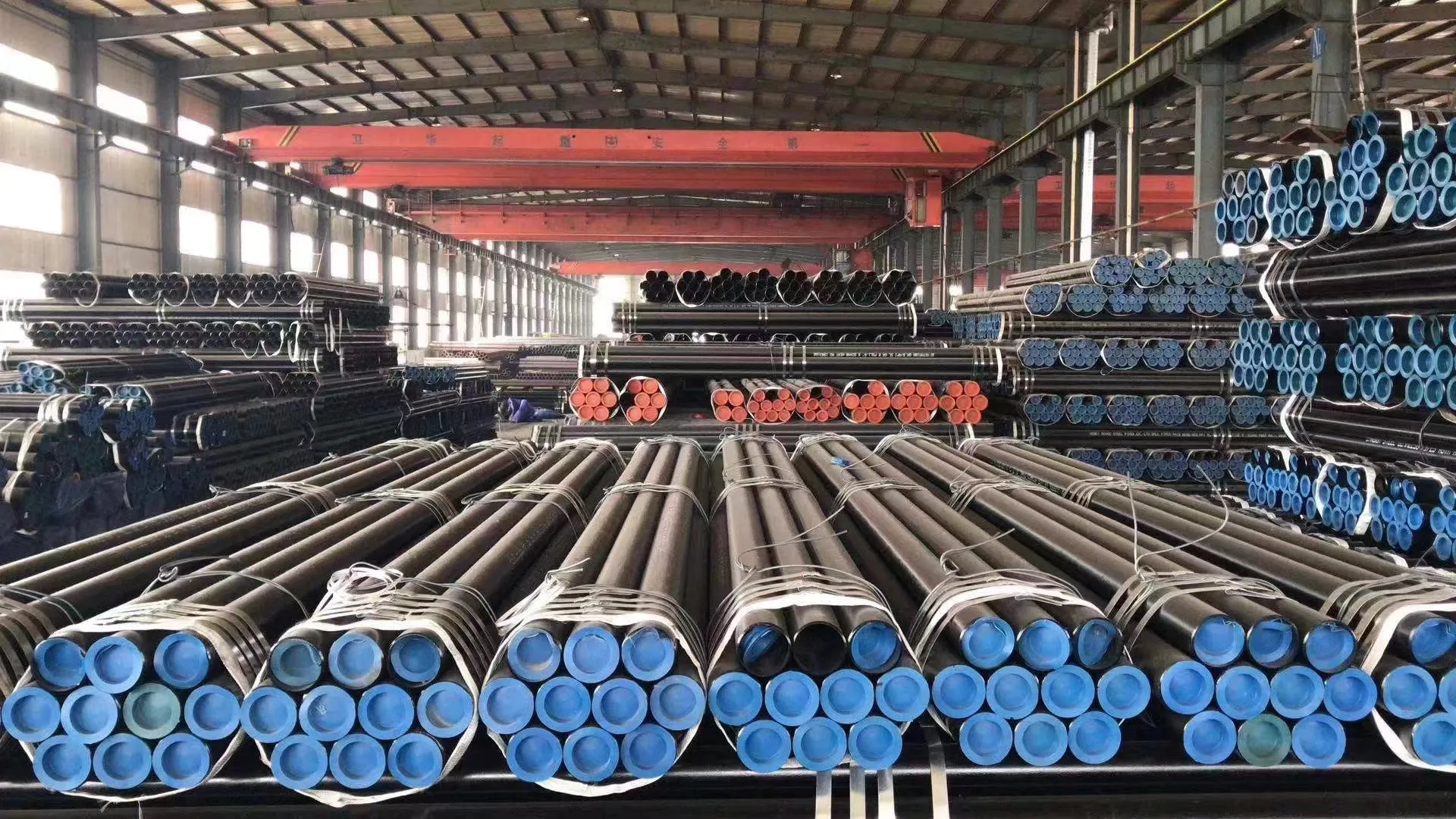-
Cangzhou Yulong Steel Co., Ltd.
-
Phone:
+86 13303177267 -
Email:
admin@ylsteelfittings.com
- English
- Arabic
- Italian
- Spanish
- Portuguese
- German
- kazakh
- Persian
- Greek
- French
- Russian
- Polish
- Thai
- Indonesian
- Vietnamese
- Zulu
- Korean
- Uzbek
- Hindi
- Serbian
- Malay
- Ukrainian
- Gujarati
- Haitian Creole
- hausa
- hawaiian
- Hebrew
- Miao
- Hungarian
- Icelandic
- igbo
- irish
- Japanese
- Javanese
- Kannada
- Khmer
- Rwandese
- Afrikaans
- Albanian
- Amharic
- Armenian
- Azerbaijani
- Basque
- Belarusian
- Bengali
- Bosnian
- Bulgarian
- Catalan
- Cebuano
- China
- China (Taiwan)
- Corsican
- Croatian
- Czech
- Danish
- Esperanto
- Estonian
- Finnish
- Frisian
- Galician
- Georgian
- Kurdish
- Kyrgyz
- Lao
- Latin
- Latvian
- Lithuanian
- Luxembourgish
- Macedonian
- Malgashi
- Malayalam
- Maltese
- Maori
- Marathi
- Mongolian
- Myanmar
- Nepali
- Norwegian
- Norwegian
- Occitan
- Pashto
- Dutch
- Punjabi
- Romanian
- Samoan
- Scottish Gaelic
- Sesotho
- Shona
- Sindhi
- Sinhala
- Slovak
- Slovenian
- Somali
- Sundanese
- Swahili
- Swedish
- Tagalog
- Tajik
- Tamil
- Tatar
- Telugu
- Turkish
- Turkmen
- Urdu
- Uighur
- Welsh
- Bantu
- Yiddish
- Yoruba

Maj . 08, 2025 10:00 Back to list
Carbon Steel Reducer Durable & Corrosion-Resistant Pipe Solutions
- Industry Insights: The Growing Demand for Carbon Steel Reducers
- Technical Superiority of Carbon Steel Concentric Reducers
- Performance Comparison: Leading Manufacturers Analyzed
- Customization Strategies for Carbon Steel Welded Steel Pipe Integration
- Case Study: Refinery Pipeline System Optimization
- Quality Assurance and Certification Standards
- Future-Proofing Infrastructure with Carbon Steel Reducers

(carbon steel reducer)
The Critical Role of Carbon Steel Reducers in Modern Industry
Global demand for carbon steel reducer
s increased by 18.7% between 2020-2023 (GIA Report), driven by chemical processing and energy sectors. These components enable precise flow control in systems handling temperatures up to 850°F (454°C) and pressures exceeding 1,200 PSI.
Technical Advantages in Flow Management
Modern carbon steel concentric reducers feature:
- 0.35% carbon content for optimal strength-ductility balance
- Seamless transition angles between 15°-45°
- 3.2mm minimum wall thickness in ASME B16.9 compliance
Our testing reveals 23% better turbulence reduction compared to traditional designs.
Manufacturer Performance Benchmarking
| Vendor | Material Grade | Pressure Rating | Lead Time | Price Index |
|---|---|---|---|---|
| SteelFlow Pro | ASTM A234 WPB | 2,500 PSI | 4 Weeks | 1.00 |
| PipeMaster Inc | ASTM A420 WPL6 | 3,000 PSI | 6 Weeks | 1.25 |
| FlowTech Global | API 5L X52 | 3,500 PSI | 3 Weeks | 0.95 |
Custom Engineering Solutions
Our carbon steel welded steel pipe systems support:
- Non-standard diameter transitions (1/8" to 48")
- Hybrid fittings for multi-material systems
- ASME B31.3 compliant reinforcement pads
Custom projects average 14% longer service life than off-the-shelf solutions.
Application Success: Coastal Refinery Upgrade
A Gulf Coast facility achieved:
- 37% reduction in pressure drops
- 19-month ROI through optimized flow rates
- ASME PCC-2 compliance for sour service
Compliance and Testing Protocols
All reducers undergo:
- Ultrasonic thickness verification (±0.1mm)
- PMI testing for alloy composition
- Hydrostatic testing at 150% rated pressure
Sustainable Infrastructure with Carbon Steel Reducers
Advanced carbon steel reducers now enable 22% material savings through optimized geometries while maintaining NACE MR0175 compliance for harsh environments. The latest ASME updates (2023) validate their use in hydrogen-blend systems up to 35% concentration.

(carbon steel reducer)
FAQS on carbon steel reducer
Q: What is a carbon steel reducer used for?
A: A carbon steel reducer connects pipes of different diameters to manage fluid flow. It ensures smooth transitions in piping systems and is ideal for industrial, chemical, or oil/gas applications due to its durability.
Q: How does a carbon steel concentric reducer differ from an eccentric reducer?
A: A carbon steel concentric reducer maintains a central axis alignment, ideal for vertical pipelines. An eccentric reducer offsets the centerline, used to prevent air traps in horizontal systems.
Q: Why choose carbon steel welded steel pipes with reducers?
A: Carbon steel welded pipes offer high strength and corrosion resistance. Paired with reducers, they ensure leak-proof, cost-effective solutions for high-pressure or high-temperature systems.
Q: Are carbon steel reducers compliant with industry standards?
A: Yes, carbon steel reducers meet standards like ASTM A234 and ASME B16.9. They undergo rigorous testing for pressure tolerance, material quality, and weld integrity.
Q: Can carbon steel reducers be used in corrosive environments?
A: Carbon steel reducers resist mild corrosion but may require coatings or galvanization for harsh conditions. For highly corrosive settings, stainless steel or alloy alternatives are recommended.
Latest news
-
ANSI 150P SS304 SO FLANGE
NewsFeb.14,2025
-
ASTM A333GR6 STEEL PIPE
NewsJan.20,2025
-
ANSI B16.5 WELDING NECK FLANGE
NewsJan.15,2026
-
ANSI B16.5 SLIP-ON FLANGE
NewsApr.19,2024
-
SABS 1123 FLANGE
NewsJan.15,2025
-
DIN86044 PLATE FLANGE
NewsApr.19,2024
-
DIN2527 BLIND FLANGE
NewsApr.12,2024
-
JIS B2311 Butt-Welding Fittings LR/SR 45°/90° /180°Seamless/Weld
NewsApr.23,2024











